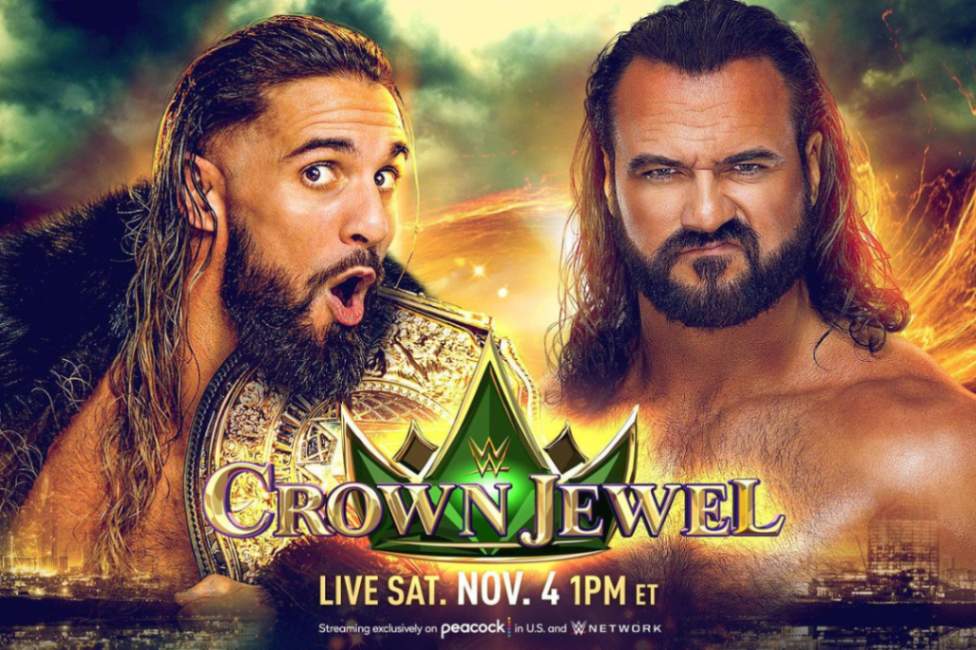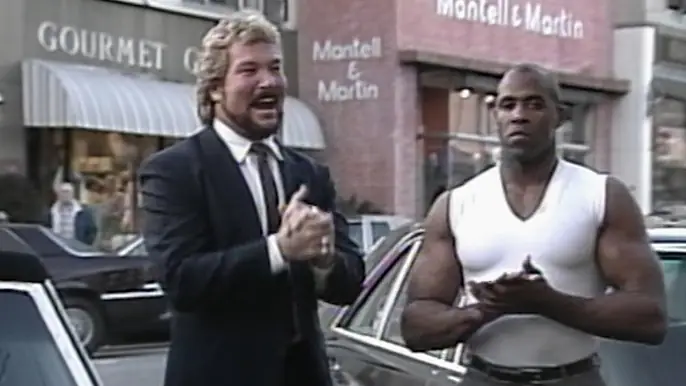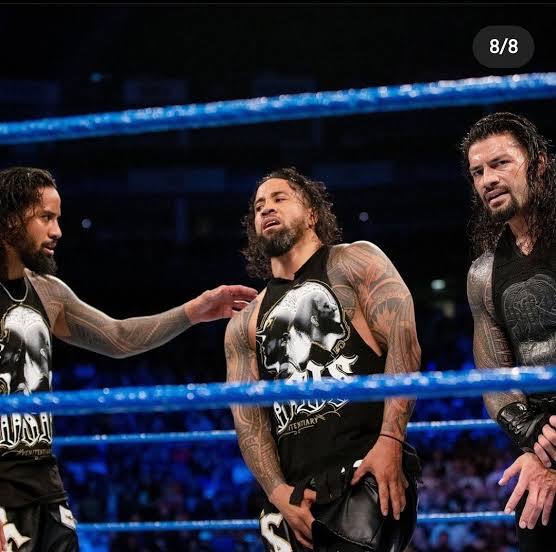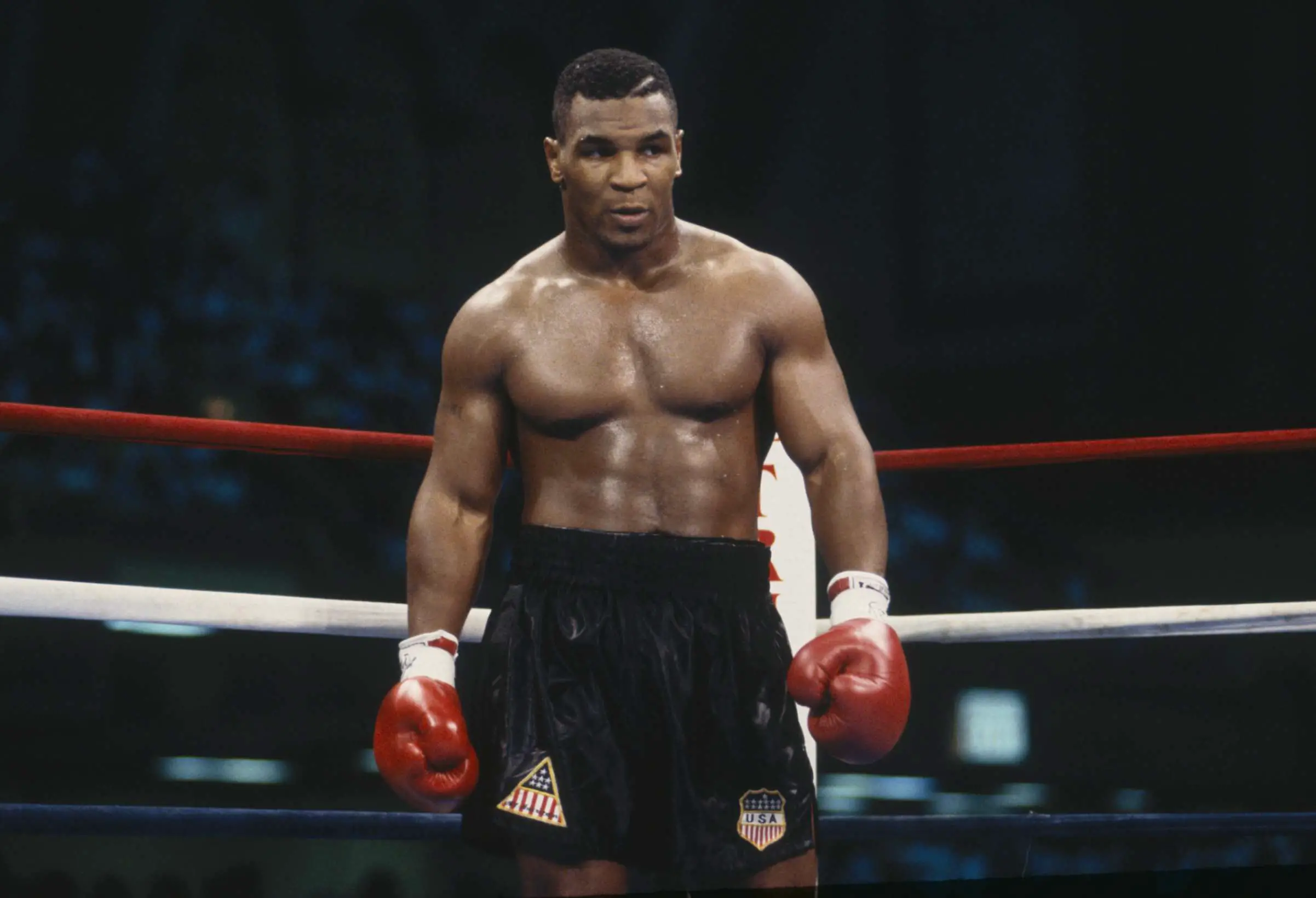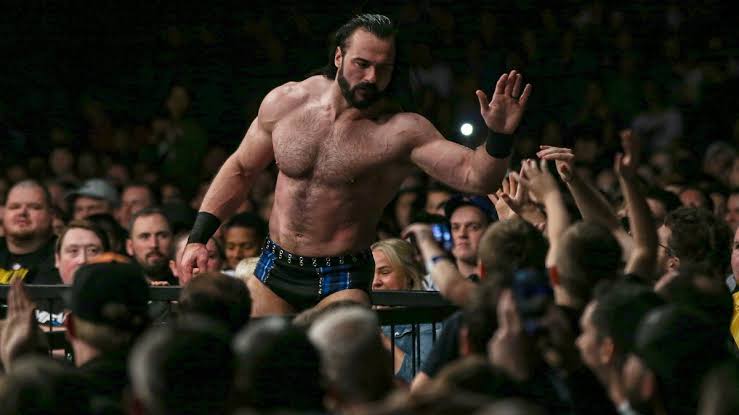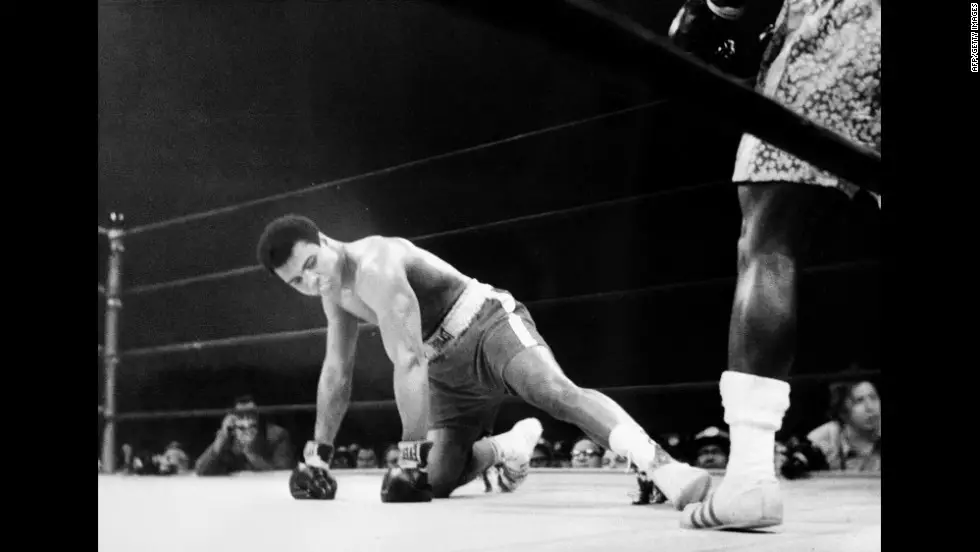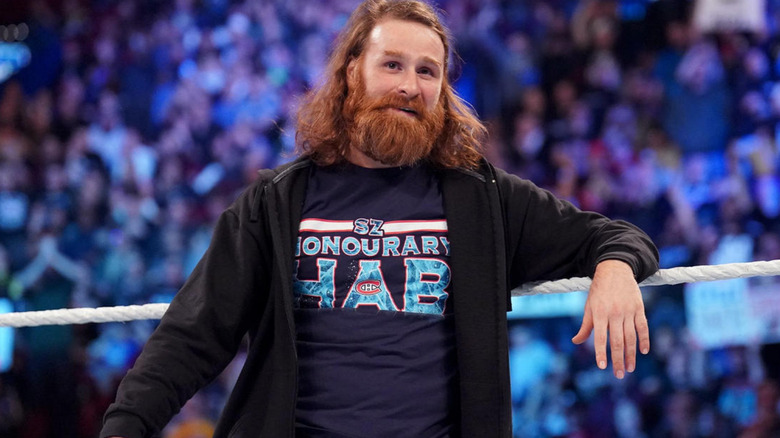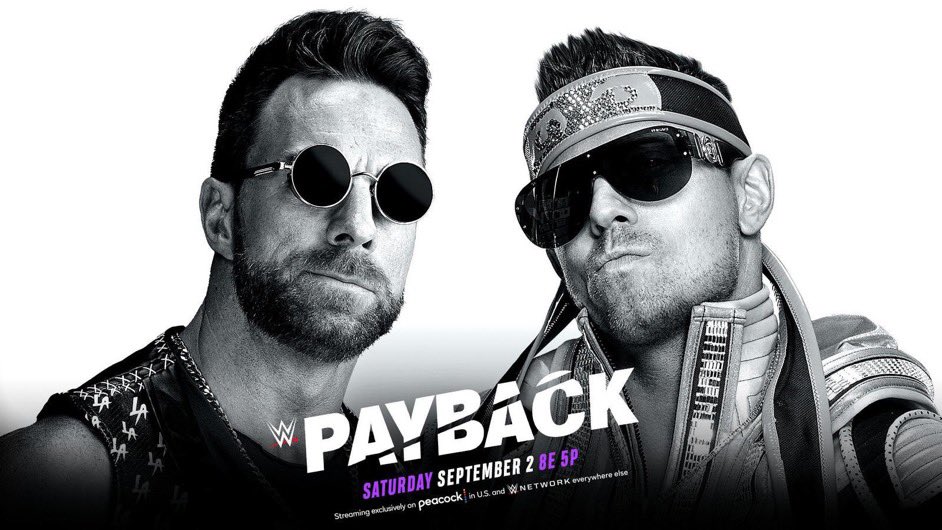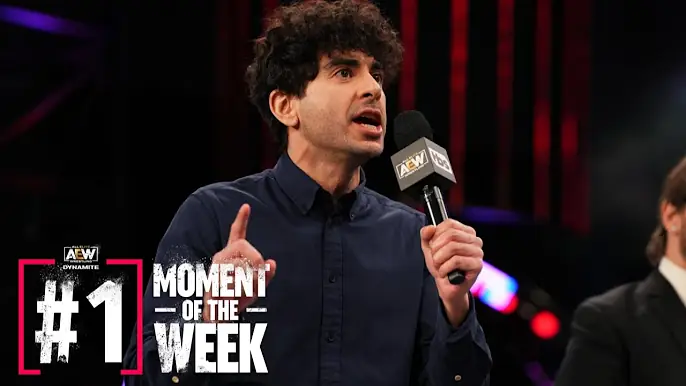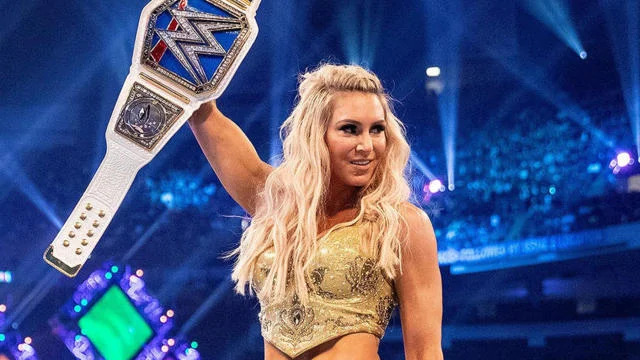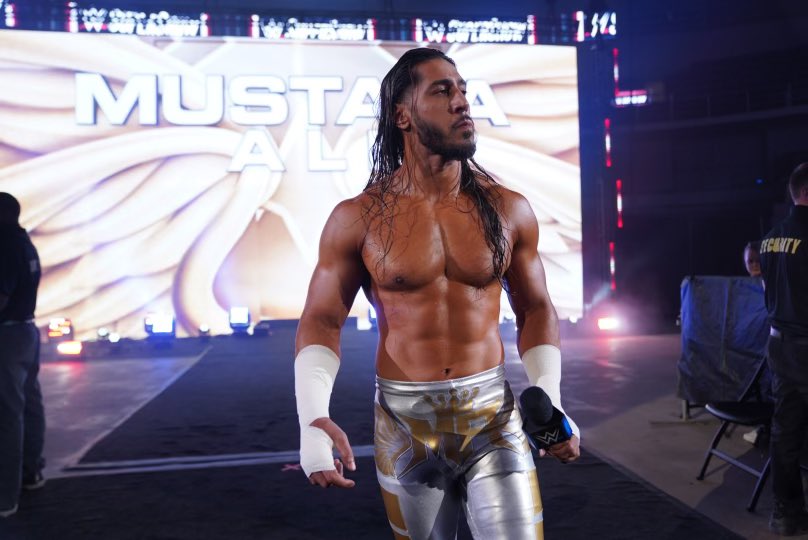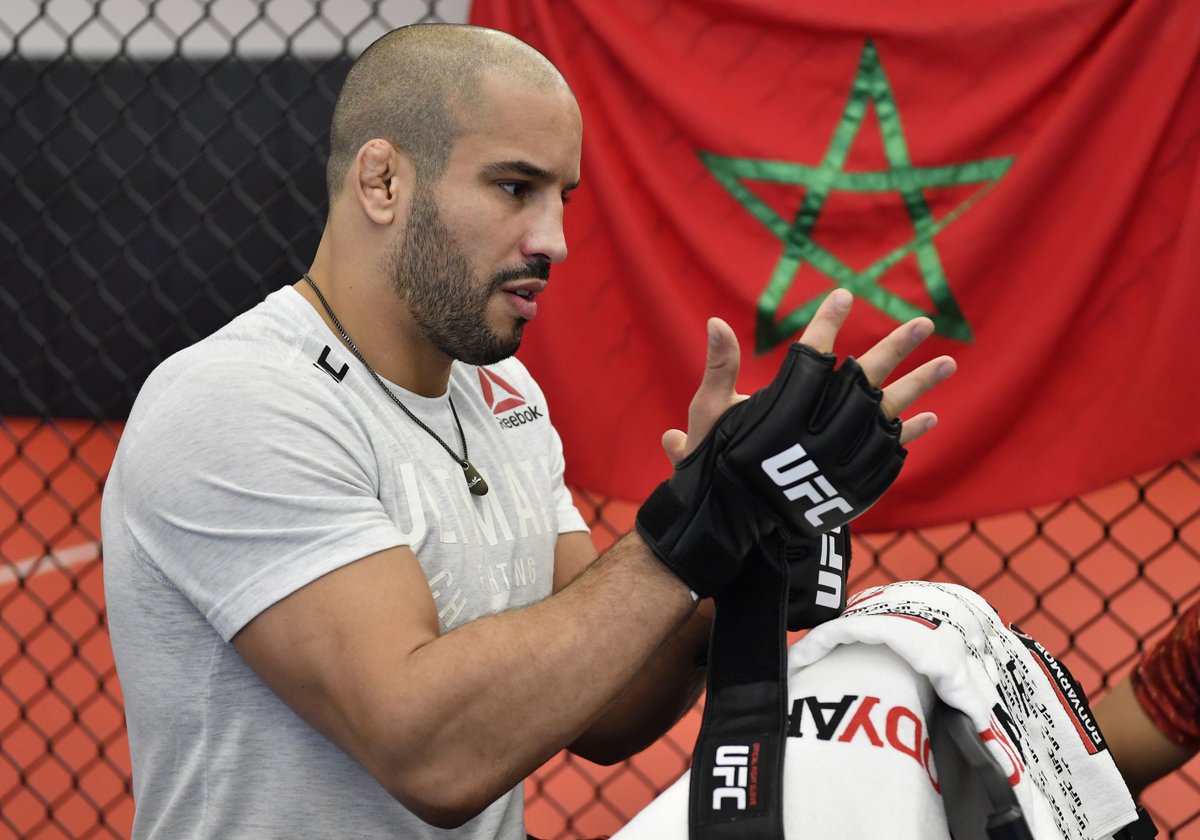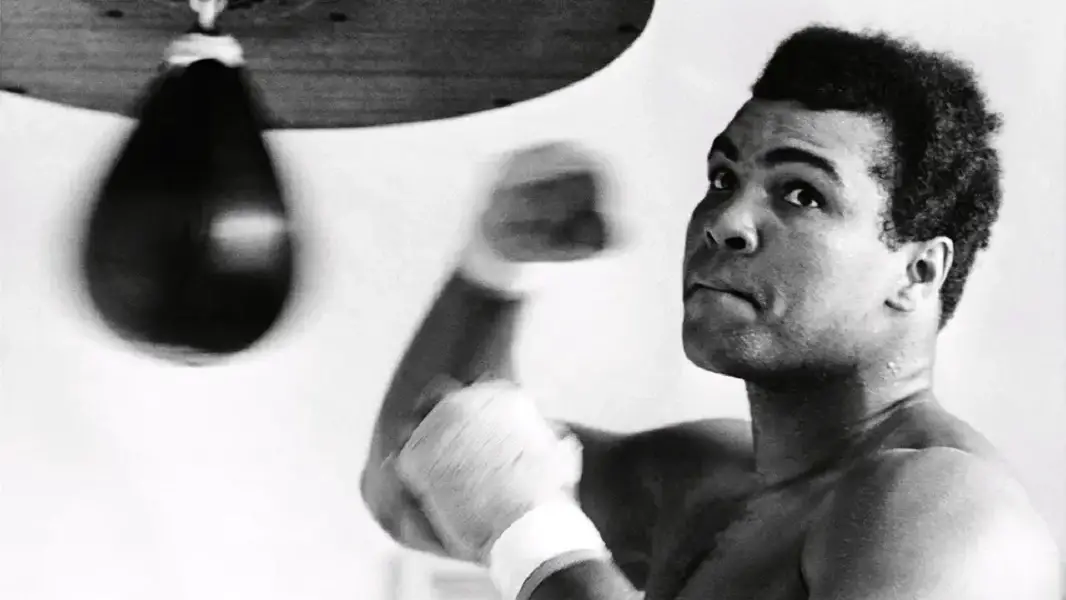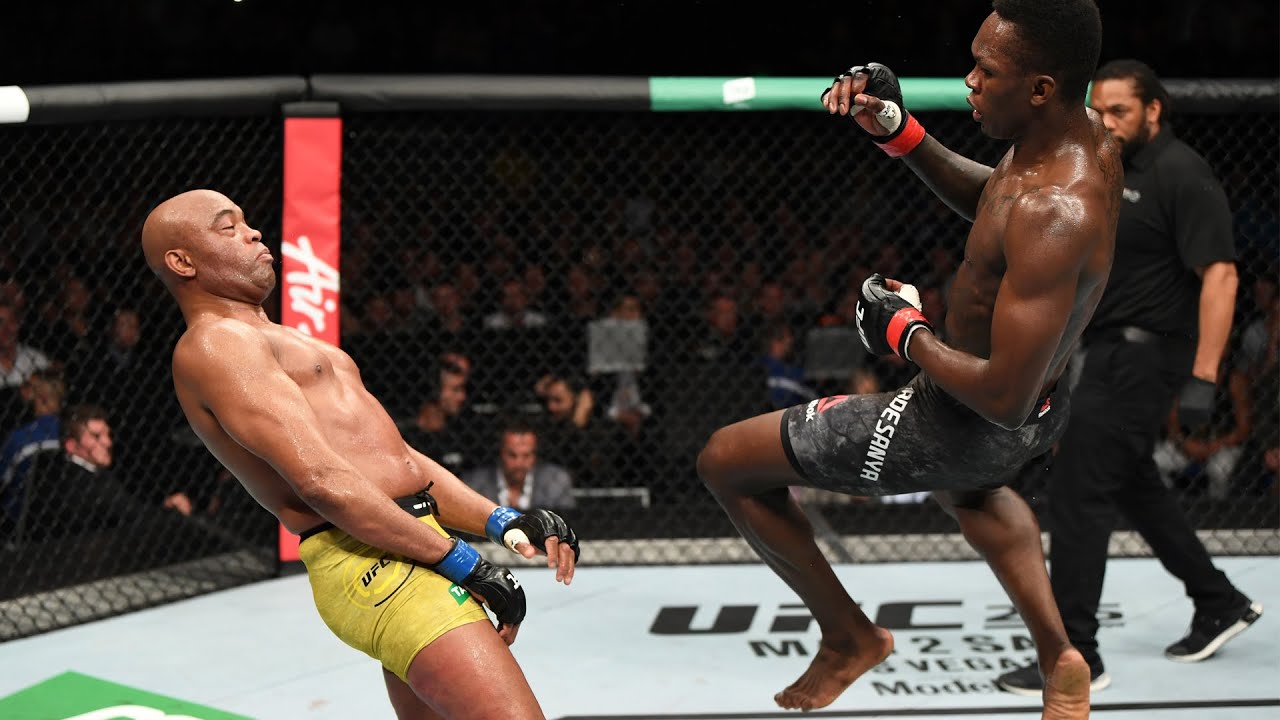How WWE Tackles Real-Life Issues in Storylines
For decades, World Wrestling Entertainment (WWE) has been a strongman in sports entertainment, the company always manages to win public attention with its mix of passion and theater for an athletic spectacle. One factor that allows WWE to remain unique is its flair for including real issues in storyline writing in a manner that touches fans on both personal and emotional grounds. This article is about WWE turning real-life issues into storylines, the audience, the challenges, and the controversies that rise out of that in interchanging reality with scripted drama.
Role of Storytelling in WWE
One of the key elements that make WWE super popular is its storytelling. Unlike all other sports events, WWE combines athletic contests with elaborate storylines, character development, and staged dramatic combat. The wrestlers, or Superstars, embody larger-than-life characters embedded in long, unbroken beefs, alliances, and paths of personal reflection, all carried out over months, weeks, and sometimes even years. These stories are specifically designed for the viewers to generate high levels of emotional reaction so they are continually interested in the unfolding of the character arc.
WWE is best known for creating storylines that revolve around mythology, comic books, and soap operas. The creative team, headed by Vince McMahon, is in the relentless process of constructing and refining ongoing storylines that are presented in such a manner as to incorporate within them the most current trends, critical social issues, and widespread interests of the fans. This makes it a dynamic powerhouse that is continually entertaining and connected, given the varied and ever-changing audience.
Using Real World Issues
Why does WWE blend real-life issues into some of its stories? Realism. That is why. The stories become relatable; thus, the wrestler and his struggle become more believable. That also guides WWE in a position to use the ring as one place for decisions dealing with serious social and cultural issues that will be raised, creating awareness and discussions in people’s minds. Furthermore, it paints attractive television that can generate media buzz and ratings.
Examples of Real Life Issues: WWE Storyline Mental Health and Addictions
WWE has brought about awareness by highlighting mental health and addiction issues through numerous storylines. One such case is that of Jeff Hardy, who credits himself for being used publicly during his long career on the subject of substance abuse. WWE has also integrated Hardy’s struggles into his character’s storyline, giving the push of Jeff Hardy’s arc for redemption and striving for sobriety.
This plot, besides showing the adversities faced by people who struggle with dependence, is more than ever about support and determination.
There was the one with Shawn Michaels in the late ’90s, who experienced his difficulties with substance abuse and personal demons. World Wrestling Entertainment noticed the real-life issues Michaels was facing. It included it in the character and storyline, one of the best redemption arcs as he returned to the company in 2002, conquered the addiction, and found faith. This storyline resonated with many fans and illustrated the potential to overcome adversity with resilience and personal growth.
For instance, there have been multiple storylines on WWE wrestlers being embattled characters facing mental illnesses, such as the obsessive-compulsive mayor, who is struggling to keep everything working in order, and even the storyline of Daniel Bryan, who, after his injury and later involuntary retirement, still struggled with a bruised mental state leading to depression. Finally, after much anticipation, when the doctors finally decided to allow Bryan back into the ring, the moment was considered empowering for both mental health issues and everything mentally related.
Bullying and Anti-Bullying Campaign
Bullying is one of the major issues in society, and WWE has taken the initiative to speak about it in its storylines and promoted campaigns. In association with other organizations, the “Be a STAR” anti-bullying campaign was run to activate an effort to end bullying. WWE assimilates anti-bullying motifs in its programs; for example, storylines of wrestlers standing against bullies and arranging punishments for good behaviors. A strong example lies within John Cena’s warfare with The Nexus, a team of rogue rookies controlled by their leader, Wade Barrett. The Nexus had taken an early foothold through outright bullying of the senior Superstars and generally causing mayhem within WWE programming. Ultimately, John Cena proved to be the winner in this feud with The Nexus – in the metaphorical sense – of the war against bullying which further raised the spirit that bravery and morality could conquer over the provocations and ruthlessness of bullying.
WWE has also depicted storylines where its female Superstars overcome bullying. The angle with Alexa Bliss and Nia Jax shows body-shaming and bullying, where Bliss has constantly taunted the constant bullying of Jax on her looks. Therefore, the storyline overcomes the bullies and comes out with a winning message of self-acceptance and resilience.
Health Issues and Awareness
WWE is also a soft power platform on which the company can address several somatic and psychic health problems. Especially in the case of the wrestler Roman Reigns and his leukemia fight, the software made significant broadcasting. He declared live on the WWE show in October 2018 his leave of absence to combat the disease and his battle against it to the world.
The WWE storyline featured the battle Reigns had with his health, allowing his fans to witness the journey and recovery of recovery.
Reigns’ return to WWE in February 2019 elicited truly overwhelming support from his fans. His storyline became a testament to the strength and resilience of one facing severe health complications, not only increasing awareness of leukemia but inspiring thousands and thousands of viewers who would be going through the same ordeal.
Other health matters WWE has helped to put into consideration from its script are the facts about early breast cancer diagnosis and treatment. The level of viewership WWE enjoys during Breast Cancer Awareness Month has been utilized in popularizing the annual “Susan G. Komen for the Cure” partnership and the “Rise Above Cancer” campaign. Superstars exchanging their typical wardrobe for pink attire and telling the tales of individuals who have triumphed over the deadly disease informs its viewers of the importance of early diagnosis and treatment of cancer situations. Used to inform the public and also generate some funding for conducting research into finding an effective cancer problem solution, such campaigns are aimed at informing the public.
Social and Cultural Issues
WWE hasn’t shied away from controversial social and cultural issues woven through their storylines; a few have come up that had to do with matters of race, gender equality, and the rights of the LGBTQ community. Chief among them, though, was the elevation and ascent to the top, by way of the belt, for Kofi Kingston to be crowned WWE Champion.
Kingston, a Ghanaian-born wrestler, has been part of the WWE for over a decade, with his first push toward the WWE Championship coming in 2019. His story highlights the challenges and prejudices that people of color face in the wrestling world and across the globe. Finally, his achievement in WrestleMania 35 bodes a sign of history-making, progress, and breaking barriers in and out of the WWE.
For instance, Sonya Deville is a storyline in WWE where she is an out lesbian wrestler who decided also to become her character’s version as a representative of the LGBTQ+ community. By including some elements of her real-life identity into the in-ring character of WWE fusing with her real identity, powerful messages are relayed within the wrestling community concerning diversity and inclusion. Another subplot includes the acceptance and inclusive message of the storyline between Finn Bálor and Bray Wyatt, as Bálor publicized the “For Everyone” initiative in the lead-up to his matches.
Gender equality and women empowerment have also been some of the issues that WWE has wrestled with via the Women’s Evolution movement. This movement has seen female Superstars getting increased opportunities, maintaining major pay-per-views, and achieving milestones such as the first-ever women’s Royal Rumble match and the successful running of the first all-women’s pay-per-view event, Evolution. It’s worth, within those storylines, fighting for gender equality while showcasing wrestling skills for its ladies in the ring.
Impact on the Audience
The infusion of real-world issues into their storylines speaks volumes to the audience. They hit deep down to the viewer because they are derived from real-life experiences and challenges. In talking about mental health, addiction, and bullying, and also in making references to social justice, WWE is connecting its fans with empathy.
Many fans believe that WWE storylines, in a way, inspire a sense of hope for them. Characters who triumph over the brevity created by monsters have the potential to serve as good role models in the process of character development toward resilience, courage, and determination. In this regard, the influence also goes in the broader aspect, from the wrestling ring to how fans deal with and solve real-life matters for themselves.
Also, WWE bases its presentation on providing real-life issues that encourage the initiation of dialogue and awareness for the audience. In other words, raising such important issues to the core of its programming helps destigmatize topics like mental health and addiction in a way that will provoke the fans to start looking for help and conduct meaningful conversations on the issues. Cultural and social consciousness furthers a more inclusive and accepting platform for wrestling in communities beyond wrestlers themselves.
Challenges and Controversial
While it can, at times, be adequate to integrate real-life issues into wrestling storylines, it comes with a slew of challenges and controversies. At worst, exploitation of severe problems for entertainment. Stories of real-life struggles and traumas need to be portrayed with integrity and respect so that the situations don’t get trivialized and sensationalized.
Blurred lines between common decency and storylines are another area popularly heated concerning WWE. A perfect example came running down in 2005, where they used the death of Eddie Guerrero to further the storyline and build more heat between Rey Mysterio and Randy Orton. These examples smack back at what a tightrope WWE has to walk when dealing with reality and fiction.
The real challenge that follows is that of keeping things authentic and, at the same time, maintaining the narratives engaging and entertaining. One of the most daunting jobs WWE Creative has to handle is the need for compelling storylines and their representation in real life. Ironically, such a task necessitates thorough research, expert consultations, and deep subject knowledge. This might also lead to some unattractive consequences regarding fan considerate motivation, like emotional distress or triggers. WWE will need to be very sensitive regarding its audience and take steps to provide support and resources to the viewers who may be affected by these storylines.
The Future of Real-Life Issues in WWE Storylines
With how WWE is fast evolving, the integration of real-world issues into its storylines will surely be a major selling factor for it. A factor that will see the company stay afloat and in touch with the consciousness of viewers will be its capacity for expediency with relevant and current issues. WWE will also have to change itself according to the changing norms and expectations of society, and their plotlines need to synchronize with modern values and senses.
Future storylines will dig into a diverse range of real-life issues, from mental health awareness through social justice movements to environmental sustainability. Such awareness, achievable through a global platform like the WWE, brings intensified change over a more enormous facade. WWE would, therefore, continue to truly inspire and empower its audiences and provide compelling entertainment by only taking on essential subjects with both sensitivity and integrity on this very platform. More so, the approach of the organization to diversity and inclusion is likely to affect its future storylines. As the company continues to represent a broad spectrum of experiences and identities, narrations associated with addressing the unique challenges that people go through will be the norm. This does not only offer much more profound and more authentic storytelling by WWE but a much more inclusive and welcoming experience to all fans alike.
Conclusion
WWE’s capacity for actively integrating segments of real life into its storylines comes to show the power of storytelling in sports entertainment. GFP addresses various issues such as mental health, addiction, bullying, and social justice through storylines, making WWE stories that provide a connection with the fan base by portraying the human experience in all its complexities. While challenges and controversies may always arise within these storylines, undoubtedly, their impact on the audience is positive. As WWE moves forward, the continued integration of real-life issues in programming will be key to driving further connection, awareness, and change. In this way, WWE can continue to captivate audiences and cement its place as a leader in the world of sports entertainment by balancing authenticity with creating entertainment. Unless there is a line of psychotic storytelling that is thoughtfully and socially responsible, WWE has the potential to make a lasting impact on its viewers and contribute to a more understanding and compassionate society.

